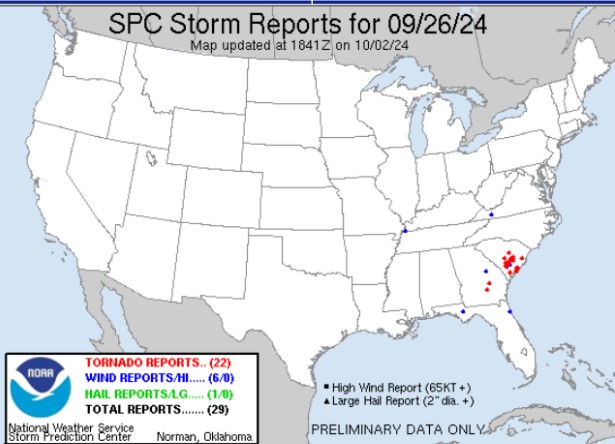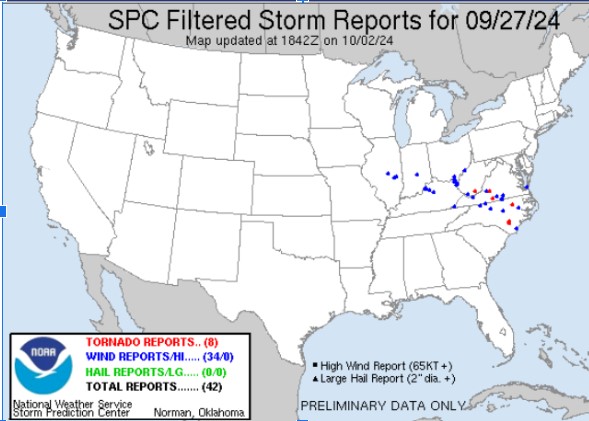Historical Hurricane Helene made landfall a week ago. Here are the latest statistics from this catastrophic storm.
Written by Meteorologist Mary Wasson
Last updated 10/4/2024, 5:52:32 PM
It’s been a week since Hurricane Helene made landfall along the Big Bend Region of Florida and the Southeastern region of the United States is still feeling the effects of this large, catastrophic, and fast-moving storm.
Helene was the 8th named storm of the season, the 5th hurricane, and the 2nd major hurricane of the 2024 Atlantic Hurricane Season. It reached a Category 4 status with very high winds up to 140 mph and low pressure at 938 millibars.
Highest Gust: 107 mph in West Tampa, FL
Highest Rainfall: 32.51” in Jester Mountain, NC
Highest Storm Surge: 10.34’ in Cedar Key, FL
Damage: $160 Billion
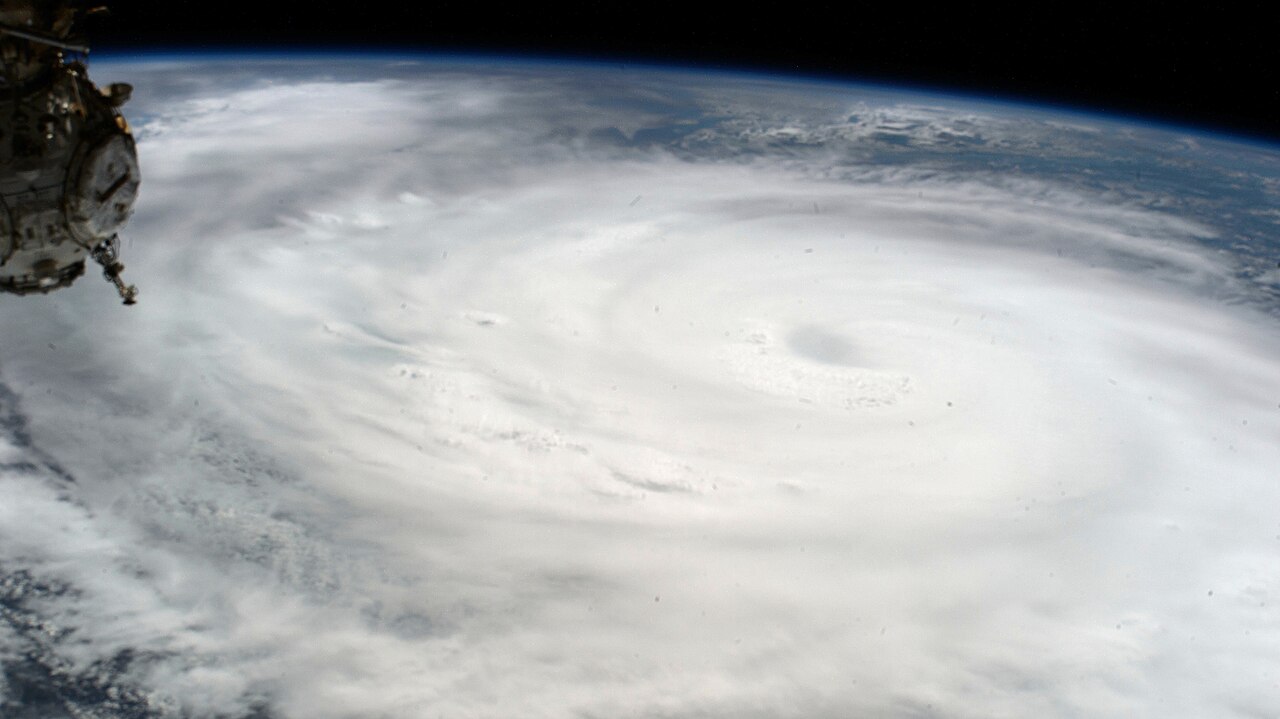
Unfortunately, this hurricane will be remembered as the deadliest in the mainland United States since Hurricane Katrina in 2005, which claimed the lives of at least 1,200 people. Currently, 215 people have died and nearly 700 people are still missing. According to Accuweather, only three other storms have been as deadly since 1950, including hurricanes Diane, Camille, and Audrey. Most of the deaths occurred due to massive flooding in North Carolina, South Carolina, and Georgia.
The tropical cyclone lasted for about 10 days from start to finish. On September 17th, the National Hurricane Center warned about the potential for a tropical system in the western Caribbean Sea. Several days later, on September 22nd, a broad low-pressure area formed in the western Caribbean. The next day, it was named Potential Tropical Cyclone Nine and then officially became a tropical storm with winds up to 52 mph. It strengthened into a hurricane with 80 mph winds on September 25th. Within 24 hours, it intensified into a Category 4 hurricane and made landfall near Perry, Florida. The storm rapidly weakened as it moved inland and by the time it reached Georgia the next day, it had weakened into a Category 2 hurricane. It continued to weaken and became a tropical storm over east central Georgia a few hours later.
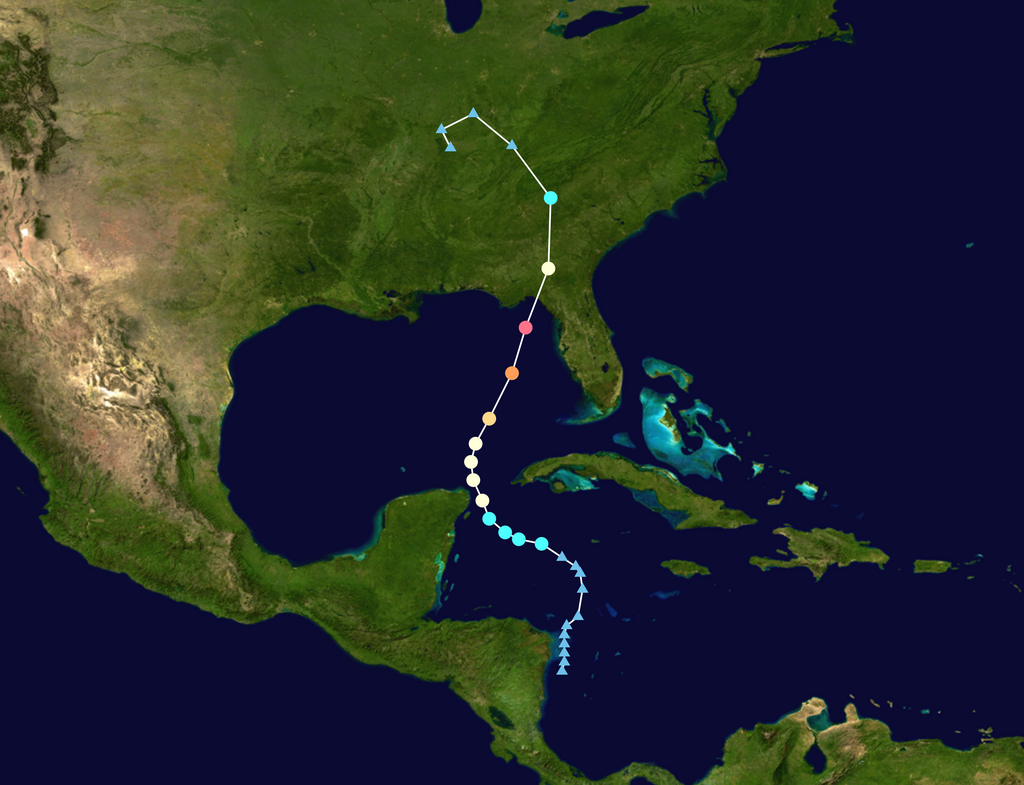
How much rain?
42 trillion gallons of rain fell over the Southeastern United States during Hurricane Helene. That would be equivalent to the flow of Niagara Falls for 1.75 years. The top rain total was 32.51” that fell in Jester Mountain, NC.
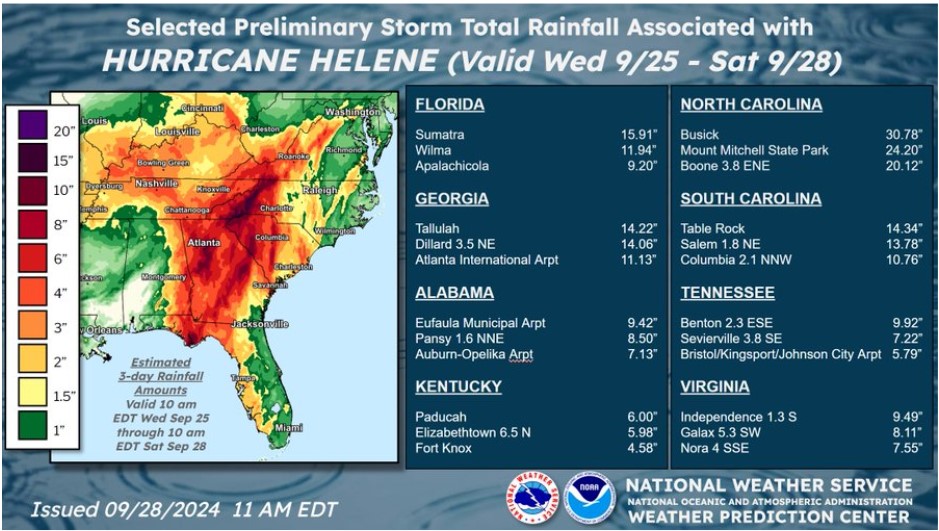
Here were the top rain totals for North Carolina where several towns were demolished by ragging rivers and dam failures.
BUSICK RAWS - 30.78”
MOUNT MITCHELL STATE PARK - 24.20”
SPRUCE PINE - 23.25”
FOSCOE - 21.47”
BOONE - 20.12”
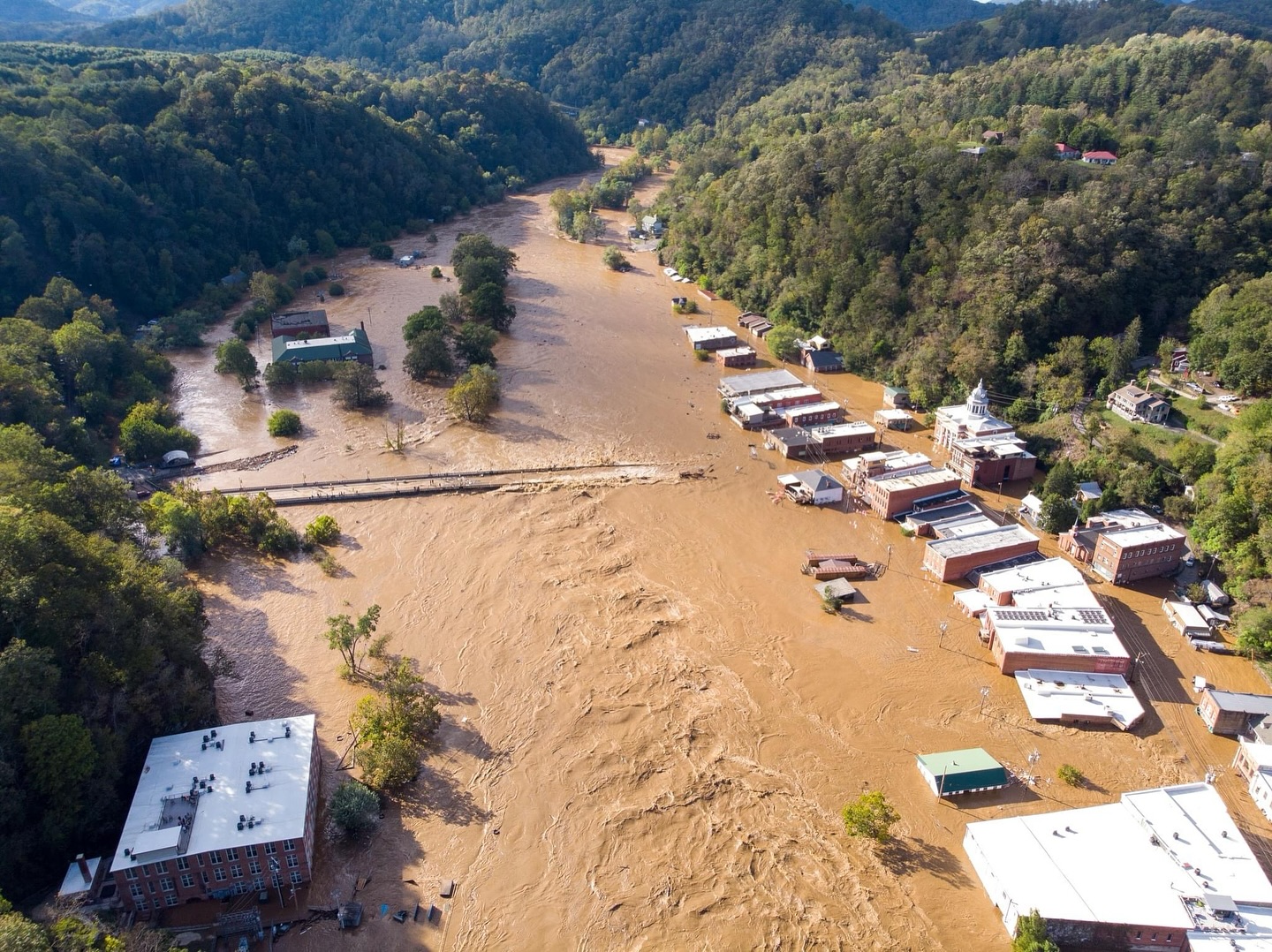
Photo courtesy: Old Marshall Jail Hotel - North Carolina State Climate Office
There were 33 tornado reports from this storm with one being an EF3 tornado that hit Rocky Mount, North Carolina, and injured 15 people.
Georgia Power reported that Hurricane Helene was the most destructive storm in the state's history. More than 5,000 power poles need repair or replacement, and 425 miles of wire need to be restrung. Duke Power confirmed that over 6,000 poles were down in northwest South Carolina.
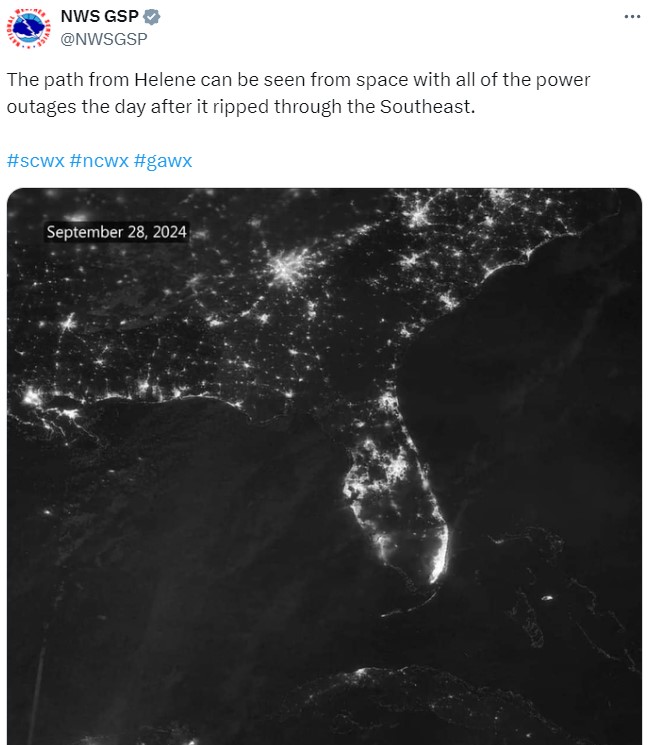
President Joe Biden visited North Carolina yesterday and announced that up to 1,000 active-duty soldiers will join the North Carolina National Guard in delivering supplies, food, and water to isolated communities.
There are 8 more weeks of hurricane season and with Hurricane Kirk and Tropical Storm Leslie in the Atlantic, you can use WeatherTAP to track these storms.
